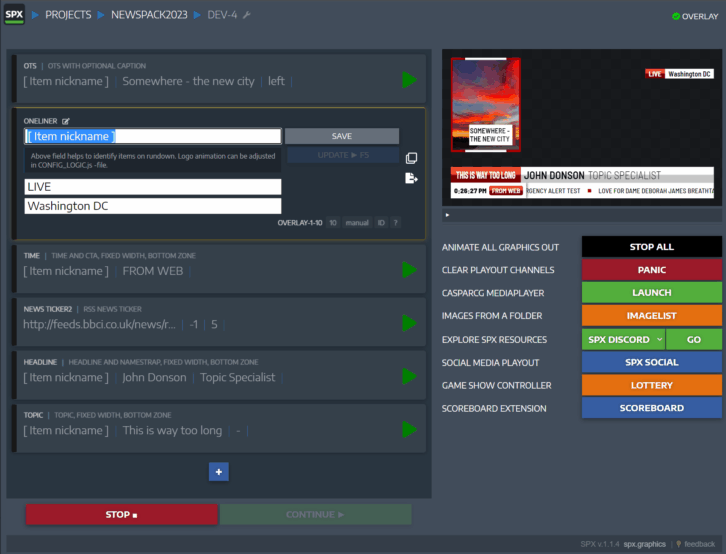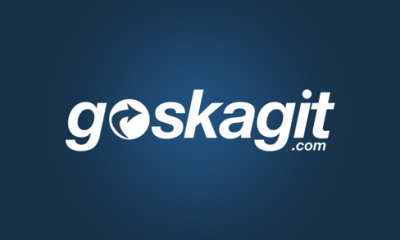Buendia’s Stoik Gym is a place for bodybuilders and influencers to call home, but it’s also targeting the general fitness population as demand surges for serious strength training
Jeremy Buendia wants to create a place where hardcore lifters and everyday fitness enthusiasts can work out side by side in the same gym.
To make that vision a reality, the four-time Mr. Olympia men’s physique winner and Instagram star has launched Stoik Gym, a new facility outfitted with cutting-edge strength training equipment, recovery zones and communal gathering spaces.
“This gym was designed with the professional bodybuilder, the fitness enthusiast and even the weekend warrior in mind,” Buendia told Athletech News. “We wanted a place that could welcome all levels of people passionate about strength training and recovery.”

With Stoik gym, Buendia is also hoping to create more opportunities for bodybuilders and fitness influencers to have ownership stakes in gyms.
Not Your Average Gym
Located in Buendia’s hometown of Roseville, California, the first-ever Stoik Gym features top-of-the-line strength training equipment from Skelcore, a recovery room with a sauna and cold plunge, and a community lounge area that includes a kitchenette.
Buendia hand-selected each piece of equipment, along with the layout of the entire facility, he says, optimizing every detail, including where to place mirrors for maximum feedback on form.
Inside, lifting junkies will find a range of equipment Buendia says they “can’t get anywhere else” in Northern California, including free weights, plate and pin-loaded machines, and more advanced pieces such as a bent-over linear row, assisted Nordic hamstring curl and standing leg curl, among others. All the gym’s equipment is exclusively provided by Skelcore, a fast-growing brand based in Miami that partnered with Buendia to create the concept.
“I’ve had the privilege of traveling the world, working out with the best trainers and in the best facilities,” Buendia explained. “When it came time to outfit the gym with the best in strength equipment, we decided to go with Skelcore. Their product range, quality and ability to satisfy all of our needs made it an easy choice.”

Stoik Gym — pronounced like the word “stoic” — is an intense place to train, which is just how Buendia wants it.
“Something I’ve made clear to the members who come in is that we’re a bodybuilding-friendly environment (and) we’re a content-creation environment,” he said, noting that influencers are encouraged to film content inside the gym.
“There are going to be guys in here throwing around 400 pounds on the bench press and squatting 600 pounds,” he added. “You’re going to hear guys grunting.”
But it’s not all fun and filming. While Stoik is open to the general public, Buendia is serious about creating an environment that cultivates a certain type of personality he wants to represent his brand.
Inside the Roseville facility is a prominently displayed list of “Gym Rules,” which include basics like re-racking weights and wiping down machines after use, but also more specific requirements such as maintaining good hygiene and one that reads, “Don’t come into the gym smelling like cigarettes or marijuana.”
Additionally, anyone under the age of 18 needs to maintain at least a 3.0 GPA and pass an interview, with their parents in attendance, in order to become a Stoik member.
“I hold that standard because Stoik as a brand represents something more than just a gym,” Buendia explained. “I want people to wear ‘Stoik’ across their chest with pride as a badge of honor.”

The result, he hopes, will be a unique community of hardcore lifters working out alongside general fitness enthusiasts, all of whom want something more than what they can find in their local big-box gym (Stoik Gym comes in at just under 10,000 square feet, which Buendia and Skelcore have identified as the sweet-spot size for a modern strength training facility).
Memberships cost $109/month for a 12-month commitment and $129 for a month-to-month plan, although family and student plans are available at discounted rates. Stoik also offers a “creator membership,” priced at $399, which allows members to create content with a videographer.
Stoik Gym officially opened to the public around three weeks ago, and so far, the response has been just what Buendia envisioned as influencers, bodybuilders and everyday people (of a certain mindset) train together.
“The amount of exposure and free marketing we’ve gotten in the first (few) weeks — not just because of my name and my following, but because of the other influencers that are in the gym posting content — is crazy,” he said.
Expansion on the Horizon
Looking ahead, Buendia is thinking bigger than just one location. The brand is actively exploring expansion opportunities across the U.S. and potentially internationally. For upcoming gyms, Stoik plans to offer minority ownership stakes to bodybuilders and fitness influencers who want to have equity in a fitness business of their own.

For Buendia, this mission is as personal as it is professional. He noted the all-too-common phenomenon of pro bodybuilders wondering what to do with their lives after their career wraps up (for some, this realization happens mid-career).
“We want to create opportunities for bodybuilders, or other fitness enthusiasts, to have a career beyond the stage,” Buendia said. “If there are any bodybuilders out there looking for an opportunity that’s lucrative, reach out to me or the Stoik team.”






:quality(70)/cloudfront-us-east-1.images.arcpublishing.com/shawmedia/2HHNRCR4IZATFCDWT2BSWPB6I4.jpg)
























































